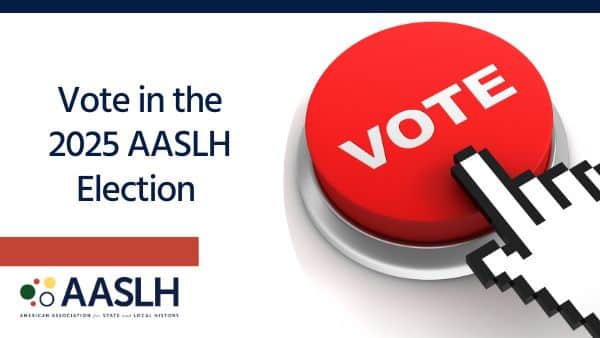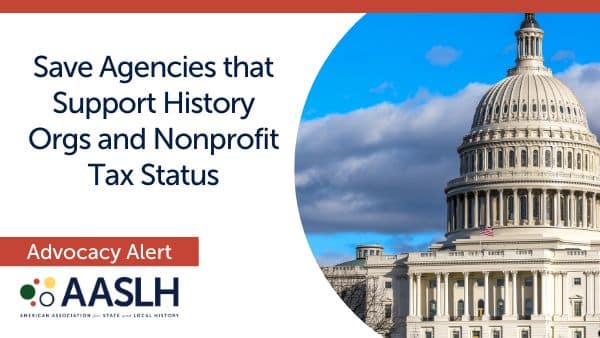
Partners from President Lincoln’s Cottage and Polaris Project celebrate the opening of Can You Walk Away?
Lewis and Clark. Batman and Robin. John, Paul, George, and Ringo. Each of these historical and/or cultural icons is an excellent example of partnerships gone good. Whether exploring the Northwest, fighting evil in Gotham, or writing and performing some of the greatest music ever recorded, these partnerships are proof that two heads (or four) really are better than one. While I’m not suggesting that the partnerships I’ve been part of come close to the iconic status of those I’ve listed above, I have been lucky to work with some fantastic partners over the years, and I wanted to share some of the things I’ve learned as a result.
These examples come from two specific partnerships that we have built at President Lincoln’s Cottage: the first is with the four organizations that make up the Civil War Washington Museum Consortium President Lincoln’s Cottage, Tudor Place Historic House and Garden, Ford’s Theatre Society, and Frederick Douglass National Historic Site; and the second is with Polaris Project , the leading NGO working to combat human trafficking. This list is by no means exhaustive but simply reflects a few things I’ve learned along the way.
- The whole is greater than the sum of its parts. Recognize that those you may have once viewed as your biggest competition (for school groups, funding sources, general visitors) might actually be your biggest ally. Consider the benefits of working together with these “like” organizations rather than against them.
- Date before you get married. Don’t be afraid to “test” partnerships to see if they will work before launching huge projects with other organizations with whom you’ve never worked. Start with a one-time public program or an online initiative. If you do find yourself in an unsuccessful partnership, don’t be afraid to break it off if it’s in the best interest of your organization.
- Divide and conquer. As a group, establish early on what you want the partnership to accomplish. Meet to discuss each organization’s unique assets and put those to work. Be clear about the resources — financial and staffing — that each organization can contribute and be honest with each other about what that means for the partnership. Let each organization shine and highlight what makes them special.
- Check your ego at the door. Don’t underestimate the importance of personalities and/or shared goals. If either of these don’t mesh between partner organizations, it’s likely the partnership itself won’t work. There’s really no place for egos in successful partnerships, so each partner has to be willing to check this at the door.
- Step outside your comfort zone and look for partners that are not within the museum/historic site field. Identify a community service organization relevant to your organization’s mission and establish a program or provide them with space to host a meeting. These types of partnerships tend to have a ripple effect on all areas of operation from education to development and often introduce new audiences to your site.
Imagine if Lewis had sailed along the Missouri by himself. What if Batman told Robin he didn’t need his help? How would the music industry have been different if John and Paul hadn’t met as teenagers? I’m not sure we’re discovering new territory with our partnerships, or that we’re fighting off evil, or even becoming the voice of an entire generation. But I do hope that by thinking strategically about the time and energy we put into growing our partnerships that we can make a difference, no matter how small, in our own communities.
What have you learned from partnerships that you would add to this list? What are examples of successful partnerships in the field that you think others should know about?




